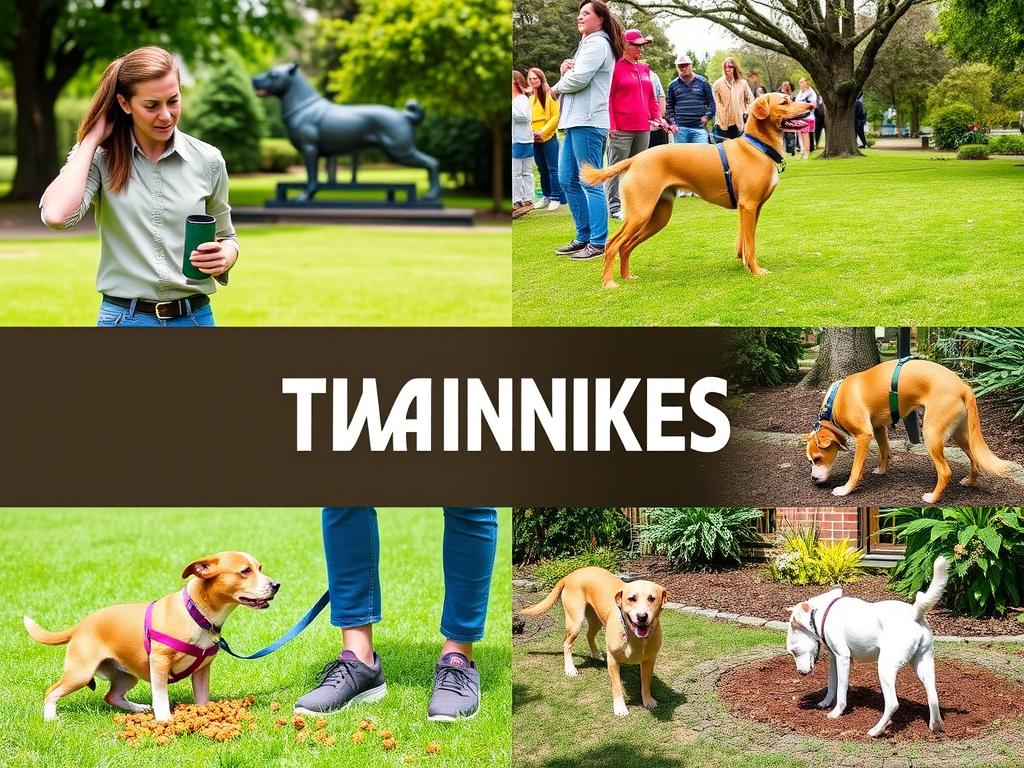Did you know that businesses leveraging strong AI productivity tools can enhance operational efficiency by up to 40%? As more than 60 AI productivity tools flood the market, from advanced task automation to intelligent chatbots, organizations are increasingly adopting AI solutions to transform their workflow. Major names like ChatGPT, Jasper, and Asana are at the forefront, demonstrating the profound impact these tools have on various departments. The future of work is not just about doing tasks faster; it’s about elevating our capabilities and shifting our focus to strategic initiatives, all thanks to AI workflow optimization.
Key Takeaways
- AI productivity tools significantly enhance operational efficiency in business.
- Over 60 AI tools are available, targeting a range of operational challenges.
- Major platforms like ChatGPT and Jasper exemplify effective task automation.
- The shift to AI allows professionals to focus on strategic rather than mundane tasks.
- Ongoing development in AI consistently introduces new capabilities and tools.
Understanding AI and Its Impact on Business Productivity
Artificial Intelligence (AI) has become a vital component of modern business operations, transforming how organizations approach productivity. The integration of AI productivity tools has revolutionized various industries, leading to increased efficiency and effectiveness. As AI technologies evolve, understanding their functions and historical progression provides insight into their significant impact on productivity.
What is AI and How Does It Work?
AI refers to computer systems that can perform tasks typically requiring human intelligence. These tasks include learning, reasoning, and problem-solving, achieved through complex algorithms and extensive data analysis. AI in business facilitates automation, enabling workers to allocate their time to more high-impact tasks. Recent studies highlight that 90% of users report saving time with AI tools, showcasing its effectiveness in streamlining operations.
The Evolution of AI in Business
The journey of AI in business began with basic automation tools. Over time, advancements led to sophisticated systems capable of machine learning and natural language processing. Today, around 75% of knowledge workers use AI at work, highlighting its role as a general-purpose technology that can generate broad productivity growth across industries. Historical data reflects a decline in labor productivity growth to about 1.5% per year, emphasizing the need for innovative solutions like AI to enhance performance.
Benefits of Using AI for Productivity
Implementing AI into business processes offers numerous advantages. Key benefits include:
- Automation of repetitive tasks, allowing employees to focus on strategic initiatives.
- Enhanced data analysis, delivering actionable insights for decision-making.
- Improved employee satisfaction, with 83% of users reporting increased enjoyment in their work due to AI assistance.
- Boosted productivity in customer service sectors, yielding a 13.8% increase for employees utilizing AI-powered tools.
As companies adapt to AI technologies, research indicates that businesses embracing change tend to succeed more. AI fosters an environment where workers can thrive, benefiting both employees and the overall organization.

Top AI Tools for Task Management
Task management is essential for enhancing productivity in any business environment. The right AI tools can significantly optimize how teams coordinate and manage projects. Below are some of the best task management tools available today, each offering unique features to streamline processes.
Asana: Streamlining Team Collaboration
Asana is well-known for its ability to facilitate effective team collaboration. This tool allows users to assign tasks, set deadlines, and track project progress in real-time. Teams can create different projects and manage them effortlessly, making it a top choice for AI project management. Utilizing Asana enhances task accountability and fosters a culture of transparency, allowing for smoother workflow and improved productivity.
Trello: Visual Project Tracking
Trello employs a visual approach by using boards, lists, and cards to represent project stages. This method allows teams to move tasks through various phases of completion, making project management intuitive and engaging. The drag-and-drop feature is a favorite among users, as it simplifies task prioritization and organization. Trello’s straightforward design makes it one of the best task management tools for those who prefer a clean and visual layout in their project tracking.
Monday.com: Customizable Workflows
Monday.com shines with its customizable workflows tailored to meet specific team needs. Users can select from numerous templates or create their own to fit project requirements. The versatility of Monday.com makes it perfect for handling varied tasks, as it accommodates different industries and project types. Whether teams are managing marketing campaigns, client portfolios, or product launches, this tool is an excellent option for AI task automation.

| Tool | Key Features | Pricing |
|---|---|---|
| Asana | Task assignment, deadline tracking, real-time updates | Free plan available; Premium starts at $10.99/month |
| Trello | Visual boards, drag-and-drop functionality, customizable cards | Free plan available; Business Class for $12.50/month |
| Monday.com | Custom workflows, various templates, real-time collaboration | Free trial available; Basic plan starts at $8/month |
For those looking to combine fun and productivity, check out these engaging party games to build team rapport outside of work. Integrating effective task management tools can revolutionize business operations, improve team interaction, and enhance overall productivity.
Enhancing Communication with AI Tools
The integration of AI in communication has become essential for modern workplaces aiming to improve productivity and collaboration. Leading AI collaboration tools, such as Slack and Microsoft Teams, highlight the significant role that technology plays in enhancing team communication. These tools simplify communication processes, enabling remote and hybrid teams to work together seamlessly.
Slack: AI-Driven Messaging and Collaboration
Slack excels in creating a dynamic messaging environment, making it one of the top AI collaboration tools. The platform employs AI algorithms to automate responses and streamline project updates. This functionality not only improves team communication but also fosters a more engaged workplace. Users can integrate various applications directly within Slack, allowing for collective problem-solving and idea-sharing efficiently.
Microsoft Teams: Integrated AI Features
Microsoft Teams offers robust AI-driven features that significantly enhance meetings and teamwork. Its built-in AI capabilities include transcription services that ensure discussions are accurately captured and referenced later, promoting accountability and action. Smart scheduling tools help organize meetings at optimal times, a crucial aspect for busy professionals. This integration of AI in communication aids in overcoming barriers, ensuring that remote collaborations are productive.

| Feature | Slack | Microsoft Teams |
|---|---|---|
| Automated Responses | Yes | No |
| Transcription Services | No | Yes |
| Smart Scheduling | No | Yes |
| Application Integration | Extensive | Moderate |
| Focus on Team Communication | High | High |
Ultimately, tools like Slack and Microsoft Teams demonstrate how AI can significantly improve workplace communication paths. As the need for effective collaboration continues to grow, embracing these AI-driven applications leads to improved team dynamics and more streamlined workflows, fostering a culture of innovation and productivity.
AI-Powered Analytics Tools to Drive Insights
In today’s data-driven landscape, AI-powered analytics tools have become essential for businesses aiming to leverage their data for strategic gains. These tools not only facilitate AI data analysis but also enable companies to understand user behavior and optimize their operational efficiency through actionable insights. The integration of advanced AI capabilities transforms raw data into valuable intelligence, enhancing decision-making processes.
Google Analytics: Monitoring Web Traffic
Google Analytics leverages AI insights generation to provide in-depth reports on web traffic, user engagement, and audience demographics. Businesses can monitor key performance metrics in real-time, enabling immediate adjustments in marketing strategies. The use of predictive analytics allows companies to forecast trends and understand user intent better, ultimately driving informed decisions. Its advanced features support the analysis of various channels, optimizing overall online performance.
Tableau: Visualizing Data Effortlessly
Tableau stands out as one of the premier analytics tools for business, allowing users to visualize complex datasets seamlessly. By employing AI-driven features, it offers interactive dashboards that help teams interpret data quickly and efficiently. The ease of use combined with powerful analytics capabilities enables businesses to transform their raw data into compelling, easy-to-understand visualizations. As a result, stakeholders can make data-driven decisions that align with their strategic goals.
| Feature | Google Analytics | Tableau |
|---|---|---|
| Primary Function | Web Traffic Monitoring | Data Visualization |
| AI Capabilities | Predictive Analytics | Interactive Dashboards |
| Usability | User-Friendly Interface | Drag-and-Drop Features |
| Target Users | Marketing Teams | Data Analysts |
Automated Customer Service Solutions
In today’s fast-paced business environment, the demand for efficient and responsive customer service has never been greater. Organizations are increasingly turning to AI-driven technologies to enhance their customer support capabilities. AI customer service solutions such as AI chatbots play a critical role in automating customer support functions, enabling businesses to engage with their customers around the clock.
Chatbots: Improving Response Times
AI chatbots are revolutionizing customer interactions by providing instantaneous responses to common inquiries. By utilizing these virtual assistants, companies significantly reduce wait times and improve overall customer satisfaction. Chatbots can manage multiple requests simultaneously, allowing human agents to focus on complex issues. This automation fosters a smoother experience, ensuring that customer inquiries are addressed promptly and efficiently.
Zendesk: Intelligent Ticketing Systems
Zendesk offers intelligent ticketing systems that leverage AI capabilities to categorize and prioritize customer issues effectively. By automating ticket allocation, support teams can swiftly identify and respond to critical problems, enhancing service levels. Features such as AI summarization, assistive responses, and accurate draft creation streamline communication processes. AI customer service tools not only improve response accuracy but also empower businesses to allocate their resources strategically.
Integrating AI in Marketing Strategies
The integration of AI in marketing strategies has become an essential component for businesses aiming to enhance their engagement and drive success. AI marketing tools offer innovative solutions that allow companies to connect with their clients on a more personal level. By employing marketing automation solutions, brands can analyze customer data more efficiently and create targeted campaigns that resonate with their audience.
HubSpot: AI for Marketing Automation
HubSpot stands at the forefront of marketing automation by leveraging AI to streamline various marketing tasks. With its capabilities, HubSpot aids businesses in analyzing data rapidly, enhancing lead generation efforts, and automating repetitive tasks. This not only increases marketing productivity but enhances the customer experience through personalized interactions. Organizations can utilize AI in marketing to identify customer preferences, enabling tailored marketing strategies that significantly boost engagement and drive sales.
Mailchimp: Personalized Email Campaigns
Mailchimp emphasizes the power of personalization in email marketing. By utilizing AI-driven analytics, businesses can create customized email campaigns based on user behavior and preferences. This approach dramatically increases the relevance of content delivered to customers, ensuring that communications resonate deeply. AI marketing tools like Mailchimp enable companies to save time, reduce errors, and enhance their overall marketing effectiveness. The ability to make data-informed decisions leads to better resource allocation and customer retention, making маркетинг automation solutions more advantageous than ever.
The Future of AI Tools in Business Productivity
As the landscape of business evolves, the future of AI in business promises to enhance productivity through numerous emerging trends. Organizations can expect advancements such as hyper-automation, which combines AI, machine learning (ML), robotic process automation (RPA), and natural language processing (NLP) to drive efficiency and scalability. Tools like Phoenix by LUNARTECH offer over 200 AI-powered assistants, providing businesses with extensive solutions to meet their operational demands.
Emerging Trends to Watch
One notable trend is the increasing use of AI-driven decision intelligence tools, which deliver predictive insights and trend analysis, aiding in strategic planning. Furthermore, personalized marketing is on the rise, with platforms like Phoenix’s AI Creative Power Engine boosting customer engagement. Organizations will need to focus on preparing for an AI workplace where these innovations can seamlessly integrate into existing processes, promoting a more productive environment.
Final Thoughts on AI’s Role in Business
Understanding the evolving landscape of trends in AI productivity tools is crucial for businesses aiming to thrive in a digital-first world. By harnessing the capabilities of AI, small businesses can achieve significant time and cost savings, improve decision-making, and enhance customer service. However, it is essential to maintain human oversight to ensure effective management and compliance while leveraging AI’s potential.
Preparing for an AI-Driven Workplace
Successfully adapting to an AI-empowered business environment requires strategic planning and resource allocation. As companies navigate this transition, finding the right balance between human talent and AI technology will be essential for fostering innovation and driving sustainable growth in the long run. The future is bright for organizations that choose to embrace AI tools and invest in training their workforce for the opportunities that lie ahead.











